Film:"Coron wreck diving"
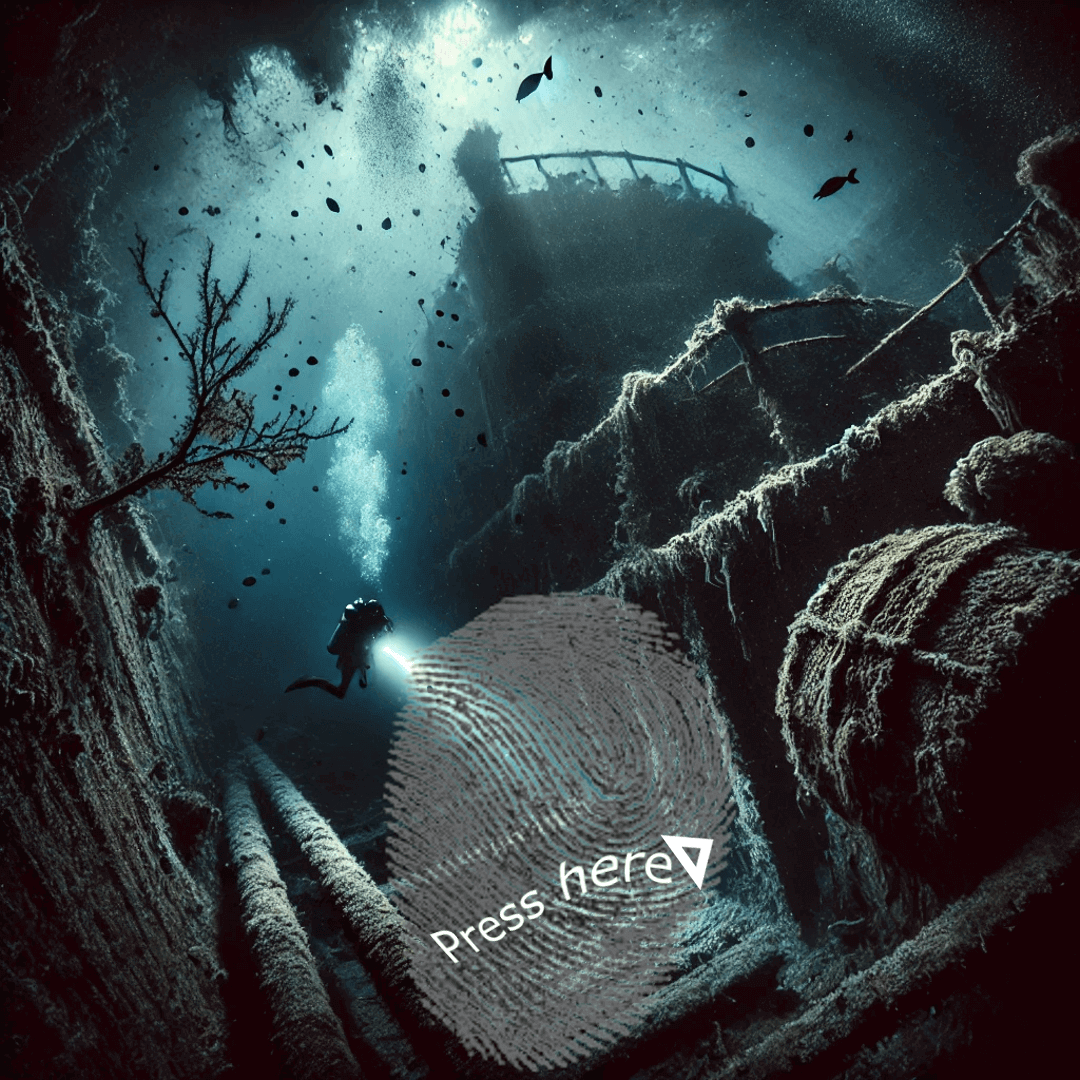
Your Journey to the wreck diving
About the Morazan Maru Wreck
Originally built in England in 1908, this vessel served as a freighter and passenger liner, operating routes between Central America—such as Honduras and New Orleans. In 1941, the ship was captured by the Imperial Japanese Navy in Shanghai and repurposed as an auxiliary cargo vessel during World War II. For many years, the true identity of the wreck remained a mystery. Speculations and inaccurate information, including exaggerated lengths and fictional histories, circulated widely. It wasn’t until 2006 that German dive master and wreck enthusiast Marc Julius, together with his wife Eva during her divemaster training, conducted the first detailed mapping of the wreck. Their careful measurements revealed the ship’s actual length to be 93 meters—not the 120 meters often falsely reported online and in publications. Through extensive research and documentation, Marc successfully uncovered the vessel’s true history. Hats off to Mr. Julius for his dedication and discovery! Today, the Morazán Maru is one of Coron’s most popular wreck dives, thanks to its beauty, abundant marine life, and accessible depth. The wreck rests on its starboard side at a depth of 25 meters. Divers can easily explore its four large cargo holds, and one of the main highlights is the empty engine room—where two large boilers remain after the steam engine was salvaged in the 1960s. A salvage hole in the hull allows sunlight to stream into the wreck, creating a magical and mysterious underwater scene. The wreck is richly adorned with hard and soft corals. Marine life around the Morazán Maru includes large groupers, pufferfish, schools of juvenile barracudas, crocodile fish (flathead), and many scorpionfish—so be careful where you place your hands! Occasionally, you may also spot black-and-white banded sea snakes and sea turtles gliding by.
What Makes It Special
The Morazan Maru is celebrated for its relatively shallow depth and the ease with which divers can explore its structure. The wreck features large, open cargo holds filled with remnants of its wartime cargo, including bottles, metal equipment, and other artifacts. The ship’s exterior is now adorned with colorful coral growths, creating a vibrant habitat for marine life such as batfish, snappers, and scorpionfish. Divers can also enjoy penetrating the wreck safely, exploring its engine room and deck areas.
Highlights of Diving the Morazan Maru
- Depth: 18-25 meters
- Visibility: 10-20 meters
- Marine Life: Scorpionfish, batfish, snappers, and lush coral formations
- Unique Features: Large cargo holds, well-preserved structure, and artifacts
- Experience Level: Suitable for intermediate and advanced divers
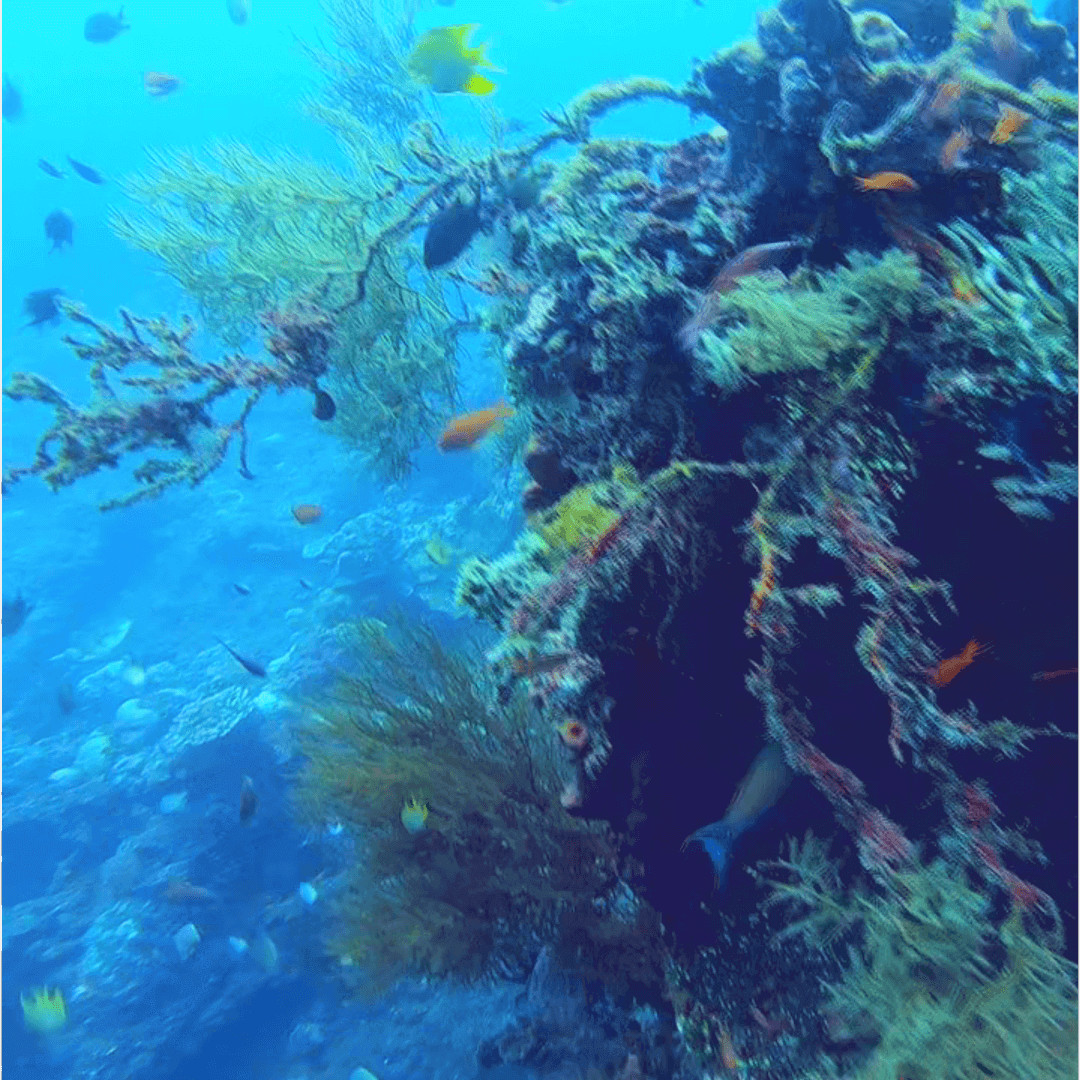
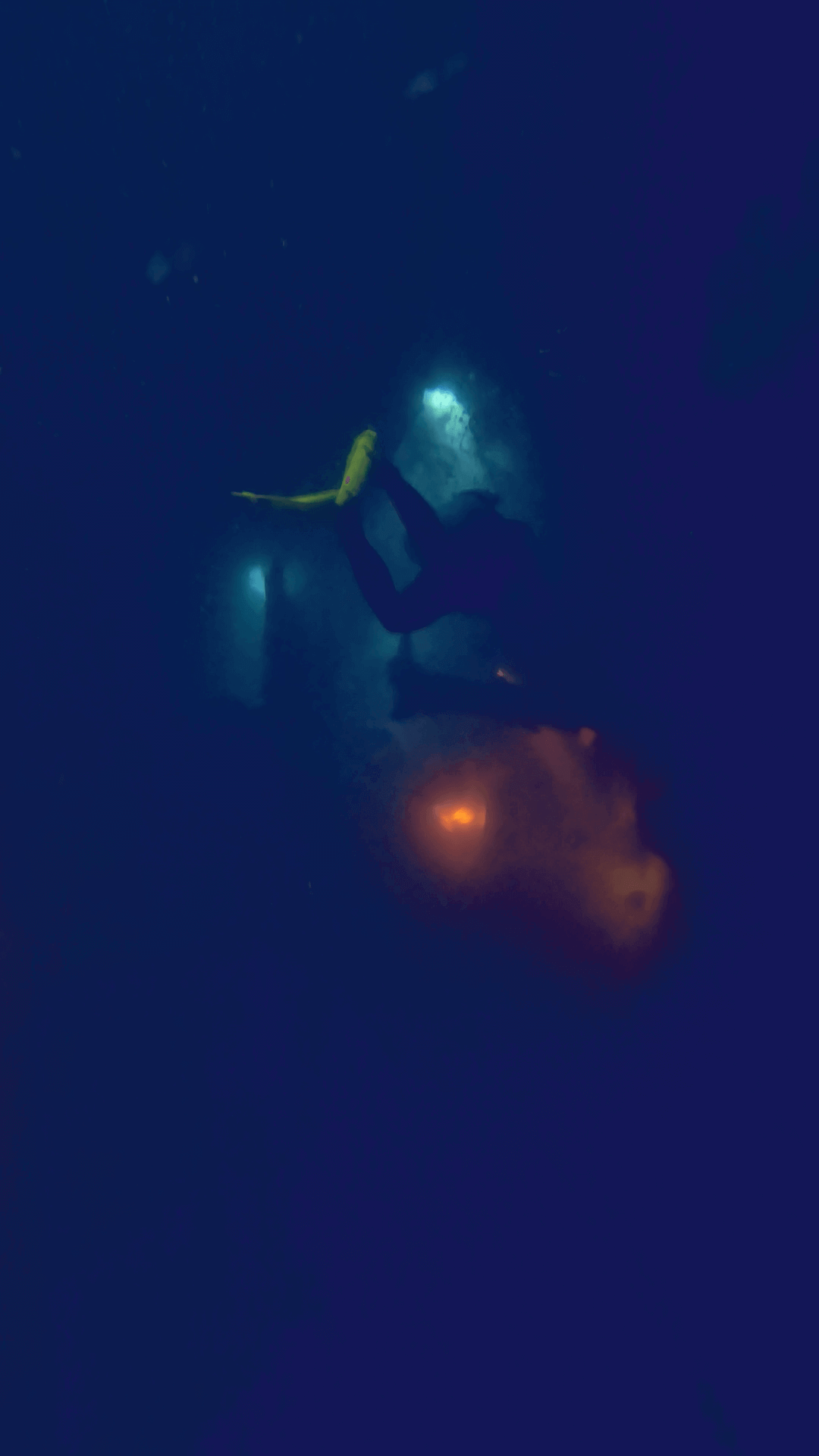
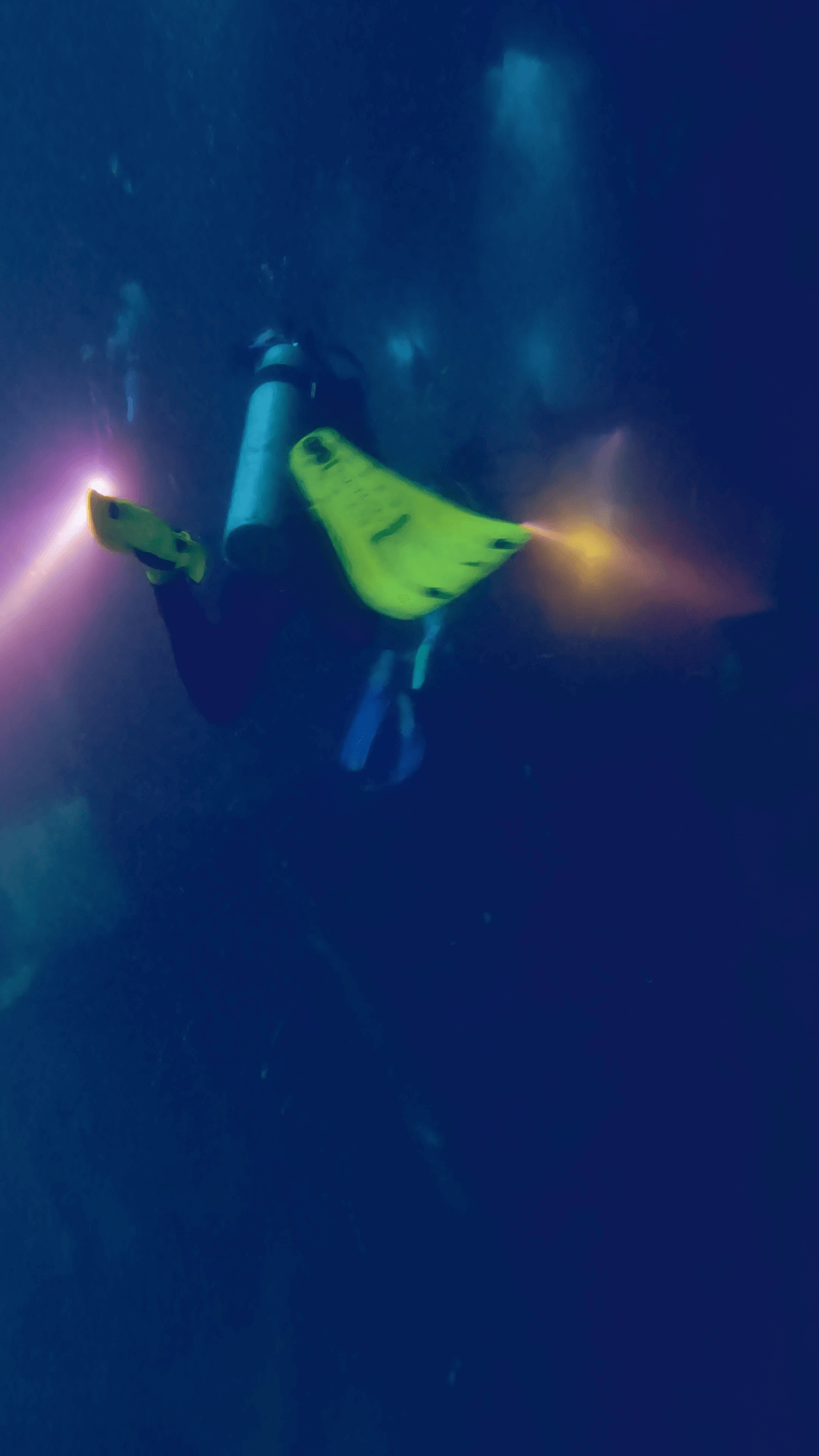
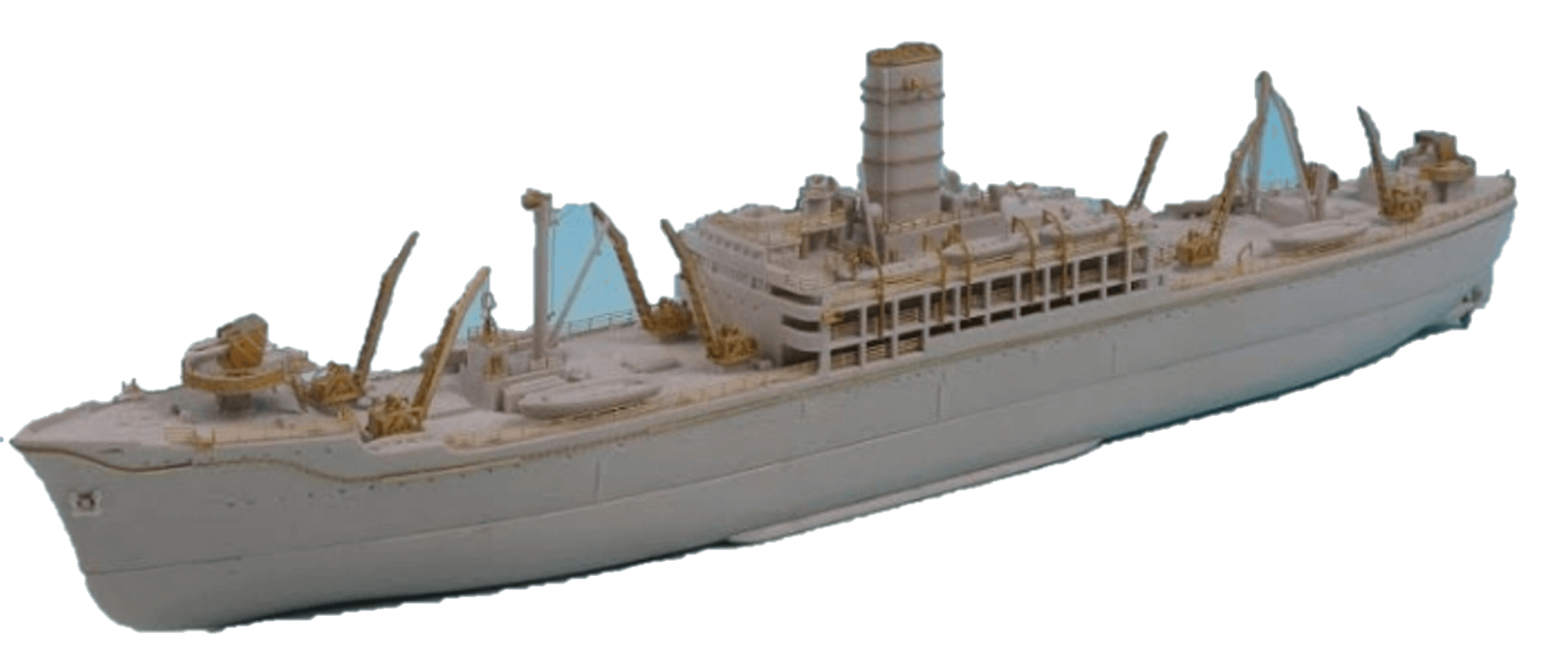
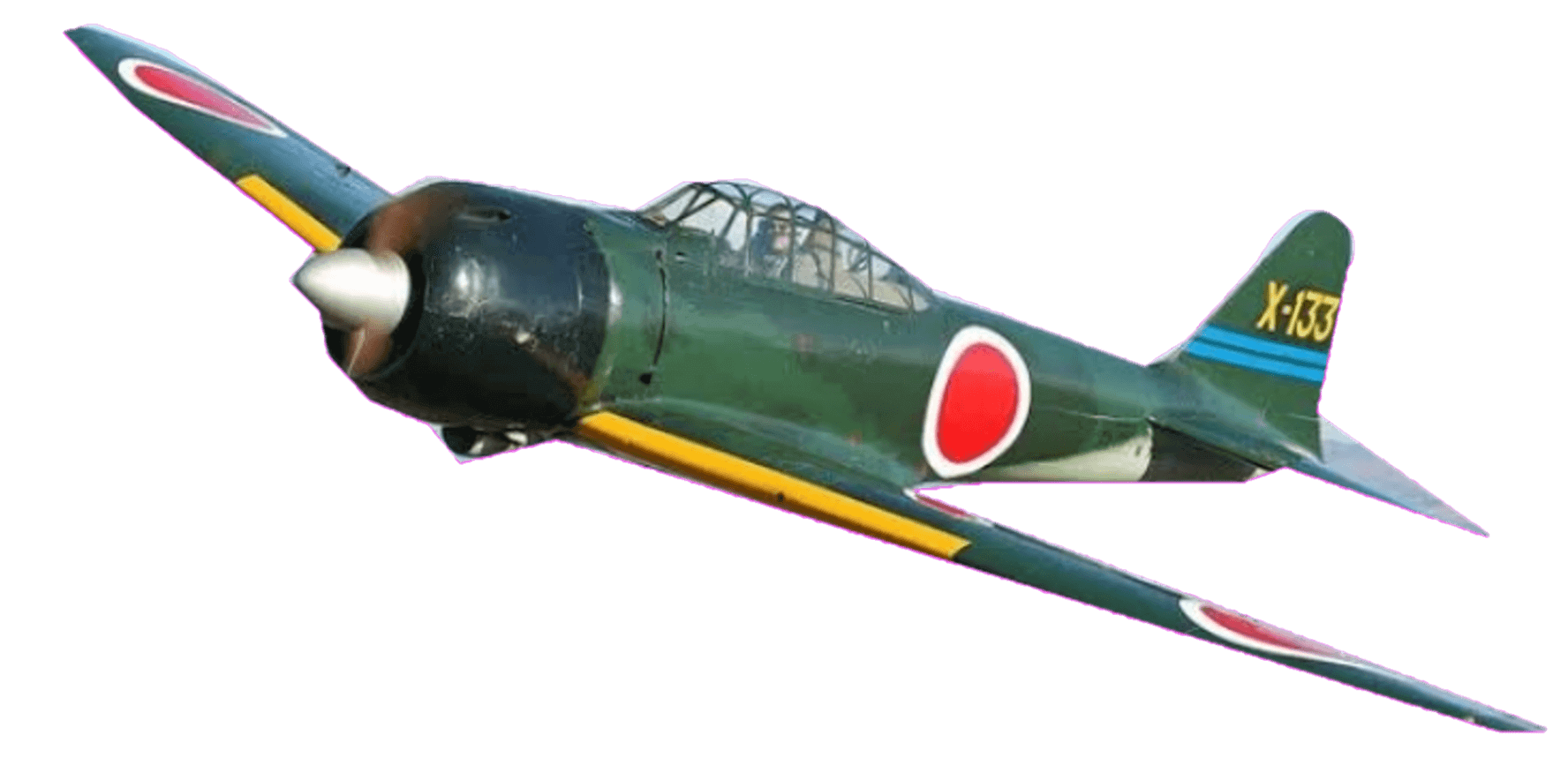


Dive Tips for the Morazan Maru Wreck
Given its depth and penetration opportunities, \ the Irako Maru is best suited for divers with Advanced certification and significant experience. Be sure to bring a dive light to explore the interior safely, and always dive with a buddy or guide who knows the wreck well.
Planning Your Dive
Umali Dive Center , we don’t just offer dives — we create unforgettable underwater experiences. Whether you're a seasoned diver or just starting your adventure, our expert team is dedicated to providing safe, exciting, and personalized diving trips. We explore the most stunning dive sites, offer high-quality equipment, and maintain the highest safety standards. What sets us apart is our passion for the ocean, our friendly atmosphere, and our commitment to making every dive memorable. Join a community of like-minded adventurers, discover vibrant marine life, and create stories you'll want to share again and again. Come dive with us — your next great adventure starts here!
Additional Information
The Morazan Maru is part of Coron’s famous fleet of wrecks, a must-visit destination for history enthusiasts and underwater explorers alike. Its relatively shallow depth and excellent visibility make it a favorite among divers. The ship’s transformation into an artificial reef has created a thriving marine ecosystem, offering a unique blend of history and biodiversity.